The 1980s were a decade of excess, ambition, and status symbols that ranged from the obvious to the surprisingly subtle. But beyond the flashy cars and designer labels, there were smaller, seemingly innocent objects that somehow became loaded with meaning, social currency, and personal identity. These everyday items carried weight far beyond their practical purpose, becoming symbols of who you were, where you fit in, and what you aspired to be in that fast-paced, neon-soaked decade.
1. Your Sony Walkman (And Which Headphones You Chose)
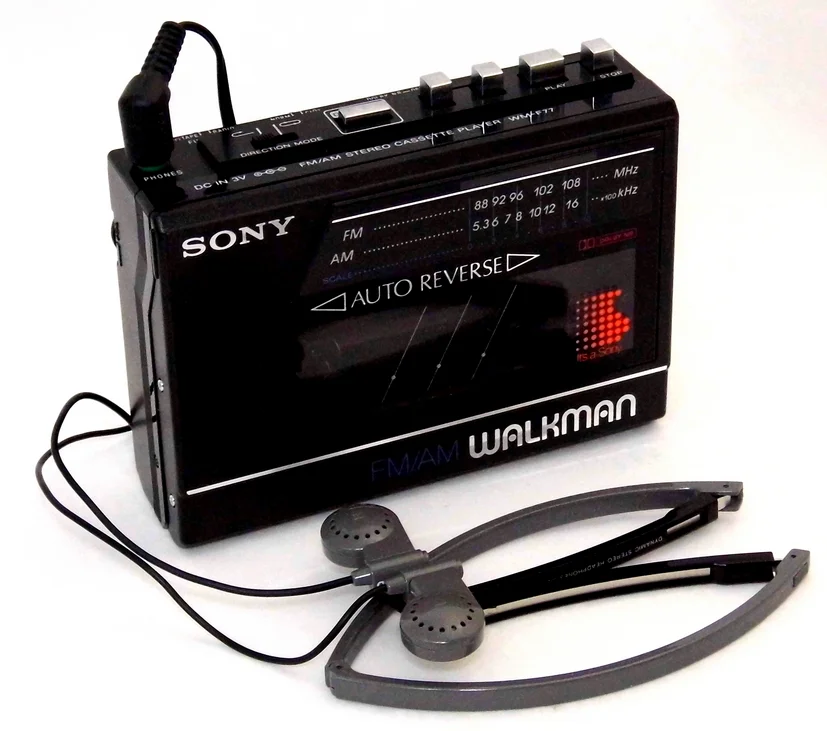
The Walkman wasn’t just a portable music player—it was a declaration of independence, a statement that you had your own soundtrack and didn’t need to share it with anyone else. Owning one meant you were sophisticated enough to appreciate private musical experiences and modern enough to embrace cutting-edge technology. The model you carried spoke volumes about your status: a basic yellow Sports Walkman suggested practicality, while a sleek black model with auto-reverse implied serious musical credibility. Design Museum unloads the fine machinations behind how this revolutionary gadget operates.
But the real status symbol was your choice of headphones, which functioned as a visible advertisement of your audio priorities and personal style. The chunky, foam-padded headphones that came with most units marked you as a casual user, while upgrading to lightweight, behind-the-head models suggested you were a true audio enthusiast. Those iconic orange foam headphones became as recognizable as any fashion accessory, and wearing them was like flying a flag that announced your membership in the personal audio revolution.
2. The Right Brand of Jeans (And How You Wore Them)
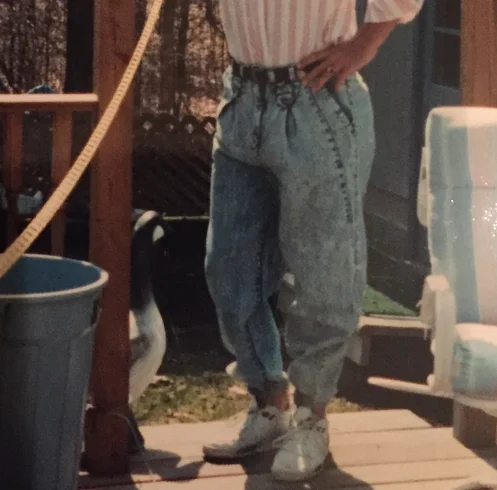
In the 1980s, your jeans weren’t just pants—they were a complex social statement that communicated everything from your economic status to your cultural affiliations. Levi’s 501s suggested authenticity and rebellion, while designer brands like Calvin Klein or Gloria Vanderbilt implied sophistication and disposable income. The cut, the wash, and especially the way you wore them (tight-rolled, stone-washed, or artfully torn) became a carefully crafted personal brand that others could read from across a crowded hallway. Byride reveals that denim styles have a surprisingly rich history.
The ritual of jean shopping became an almost religious experience, with families spending hours in department stores searching for the perfect pair that would transform the wearer’s entire social standing. Parents would reluctantly shell out premium prices for designer denim, understanding that their teenager’s social survival might depend on having the right label stitched onto their back pocket. A pair of jeans could make or break your reputation, determine your friend group, and influence your self-confidence in ways that seemed ridiculous to adults but felt absolutely crucial to anyone trying to navigate 1980s social hierarchies.
3. Your Calculator (Especially if it Was a Graphing Calculator)
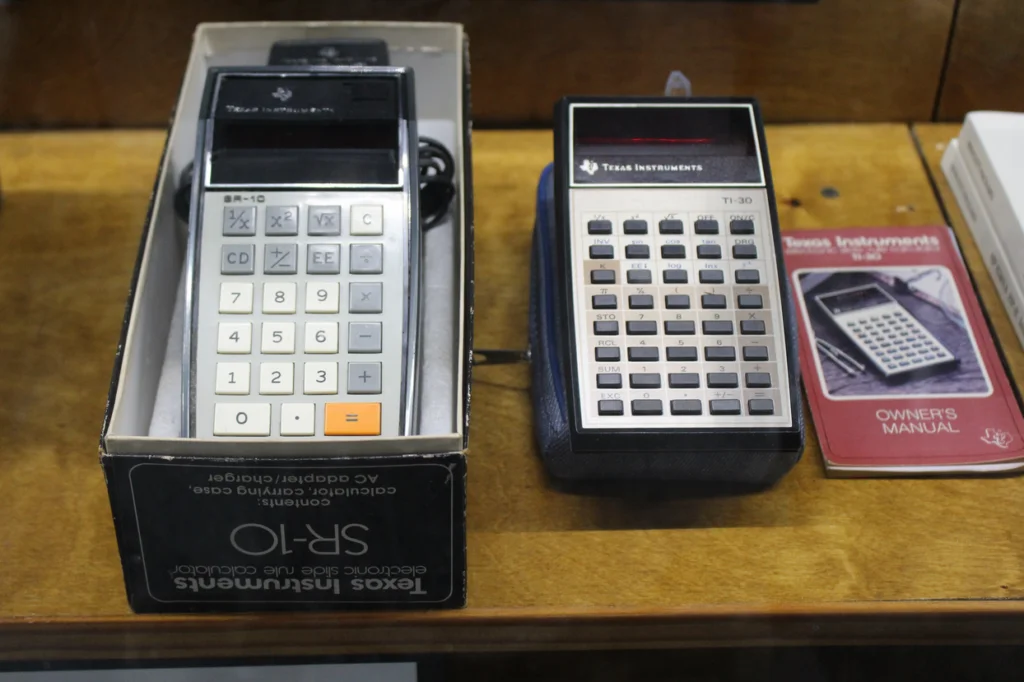
Nothing said “serious student” quite like the calculator you carried, and in the 1980s, these electronic marvels became unexpected status symbols that divided classrooms into distinct social categories. A basic four-function calculator marked you as either budget-conscious or academically unambitious, while a scientific calculator with trigonometric functions suggested you were college-bound and mathematically inclined. But the holy grail was the graphing calculator—an expensive, sophisticated device that practically screamed “future engineer” or “math genius.” Back Then History reveals how these life-saving and grade-saving items evolved.
The brand loyalty was fierce, with Texas Instruments and Hewlett-Packard devotees defending their choices with the passion usually reserved for sports teams or political parties. Students would compare features, brag about programming capabilities, and even develop emotional attachments to these plastic rectangles filled with circuits and liquid crystal displays. Teachers would notice and make assumptions based on your calculator choice, and fellow students would either respect your technological sophistication or dismiss you as a show-off trying too hard to appear academically superior.
4. Your Answering Machine Message
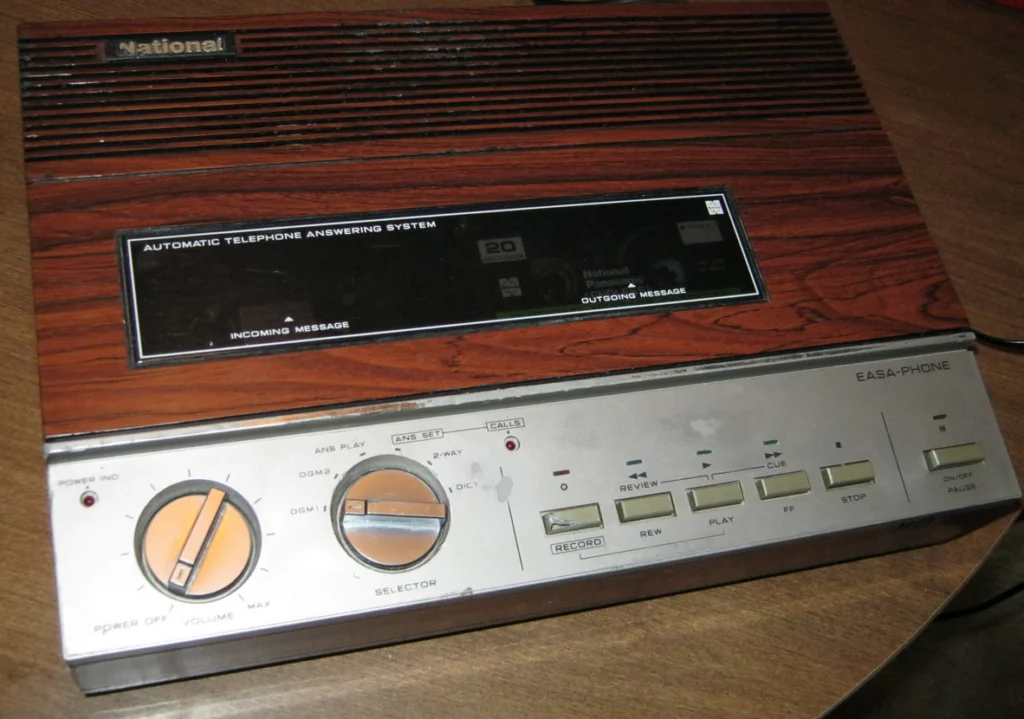
Before voicemail, your answering machine message was your audio calling card—a carefully crafted 30-second performance that revealed your personality, sense of humor, and social aspirations to everyone who called. The pressure to create the perfect message was immense, with families spending hours writing, rewriting, and recording different versions until they achieved just the right tone. A boring, straightforward message suggested you lacked creativity, while an overly elaborate production implied you were trying too hard to be entertaining.
The technology itself became a status symbol, with dual-cassette units and digital displays marking the difference between basic functionality and technological sophistication. Some people changed their messages frequently, treating them like mini radio shows that reflected current events, seasonal themes, or personal moods. Others crafted one perfect message and stuck with it for years, creating audio signatures that callers would come to expect and appreciate as part of the communication ritual.
5. Your VHS Collection (And How You Organized It)
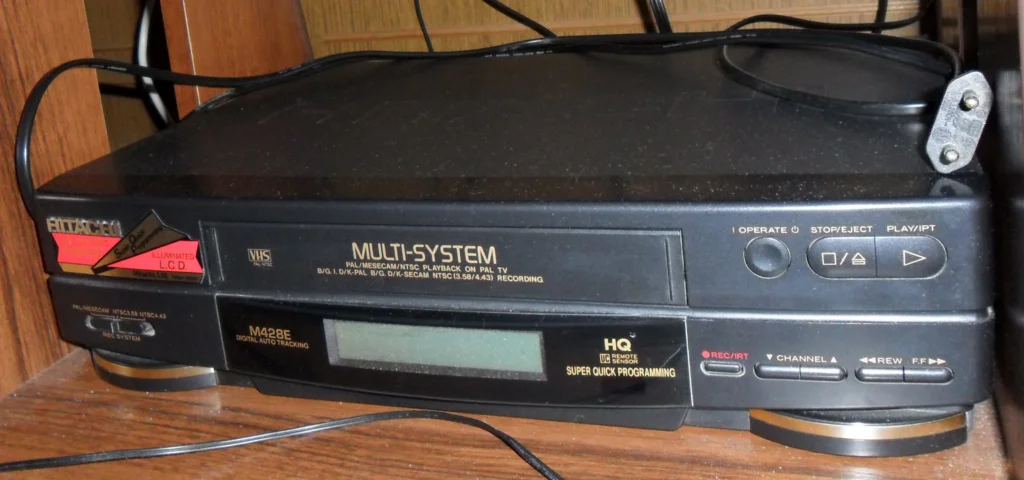
In the pre-Netflix era, your VHS collection was a physical manifestation of your entertainment preferences, cultural sophistication, and disposable income—a personal library that guests would inevitably browse through and judge. The titles you chose to purchase rather than rent spoke volumes about your priorities: comedy collections suggested you valued entertainment and social connection, while art house films implied intellectual ambitions. The presence of exercise videos, how-to guides, or educational content revealed personal goals and self-improvement efforts that you were willing to make public.
The organization system you employed became almost as important as the collection itself, with some people arranging movies alphabetically, others by genre, and the truly obsessive using complex systems that combined release date, director, and personal rating. The storage solution—whether fancy wooden cabinets, simple plastic cases, or elaborate rotating towers—communicated how seriously you took your home entertainment setup. A well-organized, extensive VHS collection suggested you were the kind of person friends would turn to for movie recommendations and weekend entertainment planning.
6. Your Gym Bag (Even if You Rarely Used It)

The gym bag became one of the most paradoxical status symbols of the 1980s—an accessory that communicated fitness commitment and health consciousness even when it spent more time in closets than locker rooms. Carrying a high-quality athletic bag suggested you lived an active lifestyle and prioritized physical fitness, regardless of how often you actually made it to the gym. The brand mattered enormously: Nike, Adidas, and Reebok bags implied serious athletic intentions, while generic versions suggested you were just going through the motions of appearing health-conscious.
The contents of your gym bag, whether real or imagined, became part of your personal mythology—the carefully selected workout clothes, premium athletic shoes, and specialized equipment that proved your dedication to physical improvement. Even people who rarely exercised would invest in quality gym bags and stock them with appropriate gear, understanding that the appearance of fitness commitment was almost as valuable as actual fitness itself. The bag became a prop in the performance of 1980s wellness culture, a visible reminder of personal goals and social expectations around health and appearance.
7. Your Car’s Cassette Tape Collection
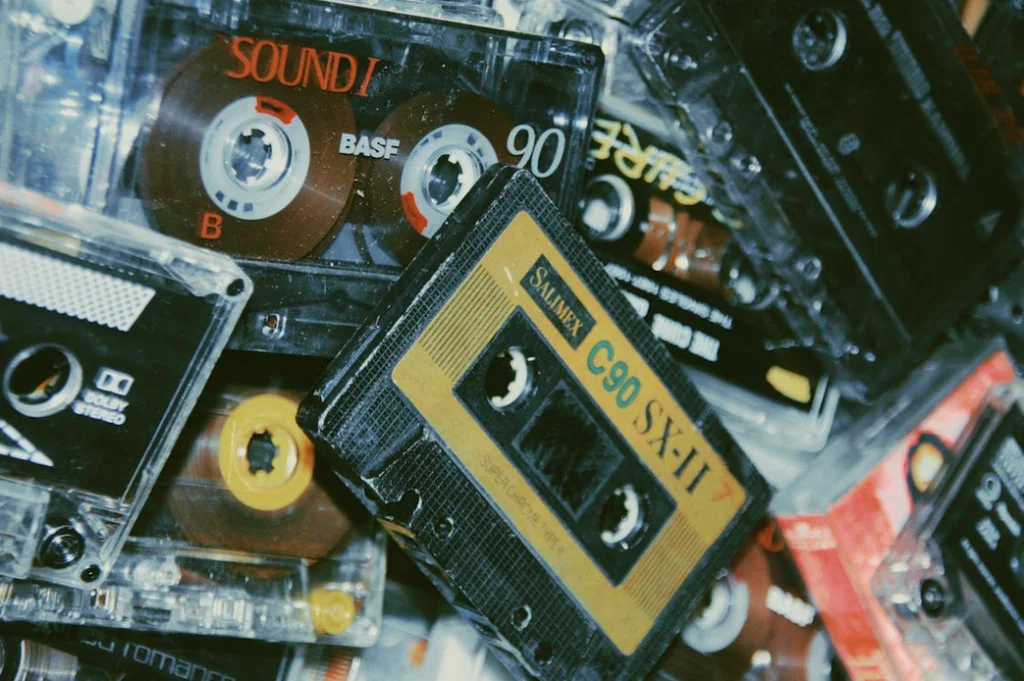
The cassette tapes scattered across your car’s dashboard, stuffed in the glove compartment, or neatly organized in special carrying cases were like a musical DNA sample that revealed everything about your personality, relationships, and aspirations. Mix tapes were especially meaningful—those carefully curated collections represented hours of thoughtful song selection and often contained messages of love, friendship, or shared experiences that elevated them far beyond simple entertainment. The commercial albums you chose to keep in your car became your mobile identity, ready to soundtrack any journey and impress any passenger who might climb aboard.
The organization and care of your car’s tape collection spoke to your priorities and personality: neat storage systems suggested you were organized and took music seriously, while chaotic piles implied you were more spontaneous and emotionally driven in your musical choices. The presence of certain genres or artists could instantly communicate your social affiliations, romantic interests, and cultural sophistication to anyone who rode with you. Your car became a mobile entertainment center, and the tape collection was its crown jewel—a carefully curated soundtrack to your daily life that others would inevitably discover, examine, and use to form opinions about who you really were.
8. Your Keychain (And Everything Attached to It)

In the 1980s, keychains evolved from simple functional items into complex personal statements that grew heavier and more elaborate with each meaningful addition. The basic keys were just the foundation for a collection that might include bottle openers, miniature flashlights, promotional items from favorite businesses, souvenir trinkets from memorable trips, and good luck charms that represented personal beliefs or superstitions. Each addition told a story and contributed to a growing autobiography that jangled with every step and announced your arrival before you entered a room.
The weight and complexity of your keychain became a source of both pride and practical frustration, as people balanced their desire for meaningful personal expression against the inconvenience of carrying what amounted to a small anchor in their pocket or purse. Friends and family members contributed to these collections with gifts of novelty keychains, creating shared memories and inside jokes that transformed functional objects into sentimental treasures. The sound of your keys became as distinctive as your voice, and the collection served as both conversation starter and personal talisman that carried the accumulated meaning of your experiences and relationships.
9. Your Phone Number (And How Easy It Was to Remember)
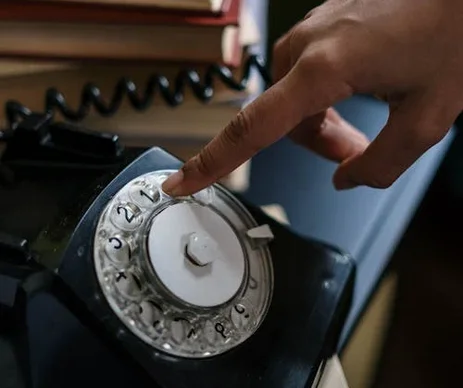
Before cell phones made phone numbers portable and forgettable, your home phone number was a semi-permanent part of your identity that you shared with friends, printed on personal checks, and memorized along with your Social Security number. A particularly memorable or aesthetically pleasing number sequence was considered a stroke of luck, while unfortunate combinations that were hard to remember or spell out awkwardly could feel like a minor life handicap. Some people would specifically request certain numbers from the phone company, treating digits like vanity license plates that reflected their personality or preferences.
The social ritual of exchanging phone numbers carried weight and meaning that’s hard to imagine in today’s digital age—writing those seven digits on a piece of paper was like exchanging a piece of your personal identity with another person. Memorable numbers became part of local folklore, passed down through friend groups and families like inherited treasures that connected people across time and distance. The act of memorizing someone’s number was itself a declaration of the relationship’s importance, and having your number memorized by others was a form of social validation that confirmed your place in their personal universe.
10. Your Boom Box (And Where You Carried It)
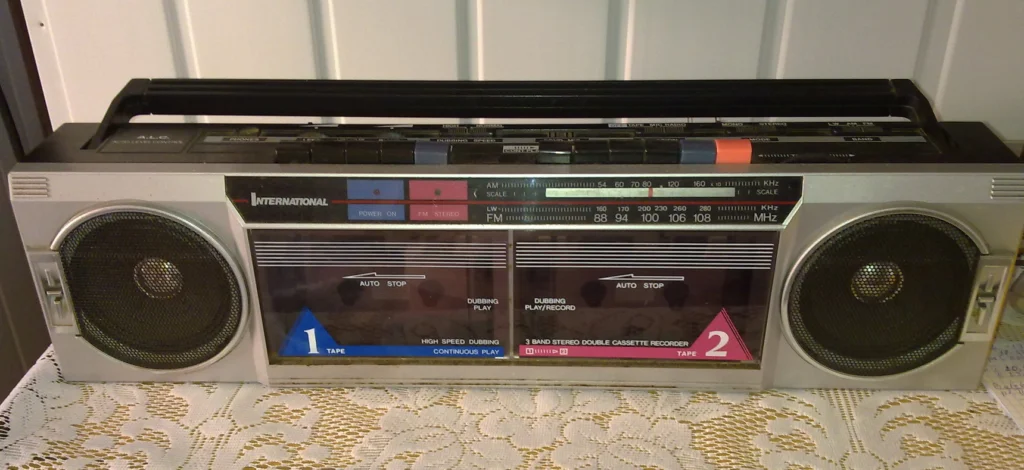
The portable stereo system known as a boom box was more than an audio device—it was a mobile declaration of musical independence, personal style, and social confidence that transformed any space into your personal concert venue. The size and features of your boom box communicated your priorities: compact models suggested practicality and portability, while massive units with multiple tape decks, graphic equalizers, and powerful speakers announced that you were serious about sound quality and unafraid to make your presence known. Carrying one required physical commitment and social courage, as you became a walking entertainment center that drew attention wherever you went.
The act of transporting your boom box to public spaces—beaches, parks, street corners, or friend gatherings—was a bold social statement that said you believed your musical taste was worth sharing with the world. The choice of where and when to deploy your portable sound system became part of your personal brand: respectful users kept volumes reasonable and locations appropriate, while others used their boom boxes as tools of territorial marking or social dominance. These devices democratized music sharing and created impromptu community experiences, turning their owners into informal DJs who could soundtrack public spaces and social gatherings with the flip of a switch.
11. Your Address Book (And How You Organized It)
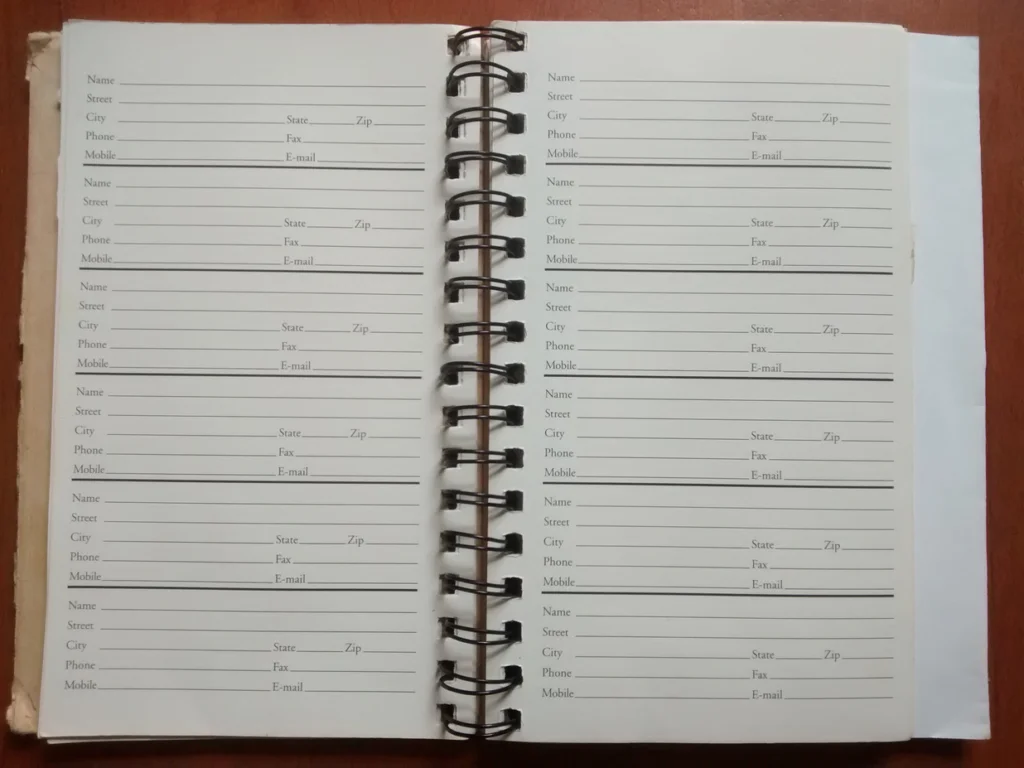
Before digital contacts, your physical address book was a treasured repository of relationships, connections, and social history that grew more valuable and complex with each passing year. The style of address book you chose—from simple spiral-bound notebooks to leather-bound organizers with gold-edged pages—communicated how seriously you took your social obligations and professional networking. The completeness and organization of your entries revealed your attention to detail and relationship management skills, while the accumulated cross-outs, updates, and margin notes told the story of your evolving social landscape.
The act of writing someone’s information in your address book was a formal acknowledgment of their importance in your life, a physical commitment that elevated them from casual acquaintance to valued contact worthy of permanent record-keeping. The book became a historical document of relationships, career changes, marriages, divorces, and address changes that tracked the evolution of your personal and professional networks over time. Losing an address book was considered a minor catastrophe that could disrupt social connections and business relationships, making these small volumes surprisingly crucial to maintaining the complex web of 1980s communication and social coordination.
12. Your Refrigerator Door (And Everything Displayed On It)
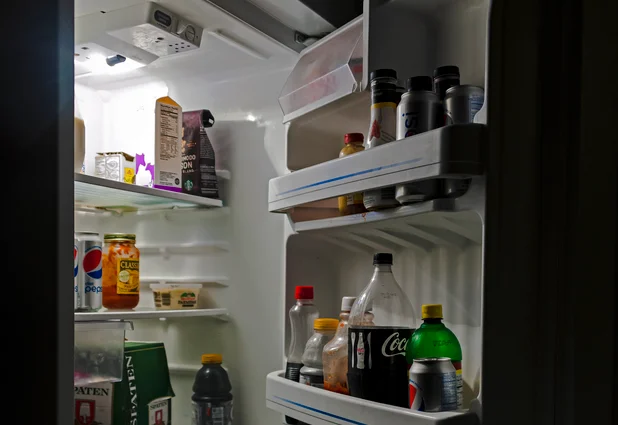
The refrigerator door evolved into a family bulletin board, art gallery, and status display that communicated everything about household priorities, achievements, and social connections to anyone who entered the kitchen. The magnets themselves became collectibles—from simple promotional freebies to elaborate souvenir pieces that documented family travels and experiences. The careful curation of what made it onto this prime display space revealed family values: children’s artwork suggested nurturing parents, takeout menus implied busy lifestyles, and appointment cards showed responsible household management.
The organization and aesthetics of refrigerator door displays became a subtle form of domestic competition, as visitors would inevitably notice and form judgments based on the apparent chaos or careful arrangement of posted materials. Some families treated their refrigerator doors like museum exhibitions, with strategic placement and regular updates that kept the display fresh and impressive. Others embraced organized chaos that suggested warmth and authenticity over artificial perfection, creating collages of family life that were more honest than beautiful but somehow more appealing for their genuine messiness.
These simple objects became the building blocks of 1980s identity, each one carrying social weight and personal meaning that seemed disproportionate to their basic function. In an era of rapid change and increasing consumer choice, people invested everyday items with significance that helped navigate complex social hierarchies and express individual personality within broader cultural movements. Looking back, it’s remarkable how much meaning we could pack into such ordinary things—and how those meanings shaped not just how others saw us, but how we saw ourselves in that defining decade of American culture.


